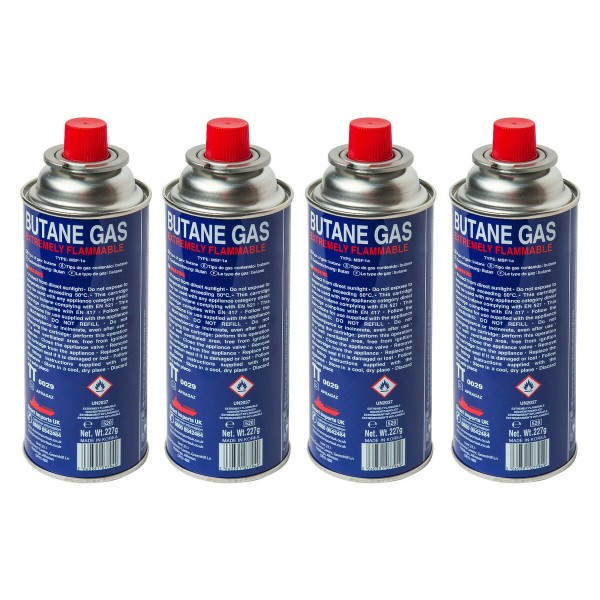
Camping and outdoor adventures often take us to remote and beautiful places where the conveniences of modern life are distant memories. To cook meals, boil water, and stay warm in these wilderness settings, a reliable source of fuel is essential. Camping gas canisters have become a popular choice for campers and outdoor enthusiasts due to their portability and efficiency. In this comprehensive guide, we will explore everything you need to know about camping gas canisters, from types and sizes to safety and environmental considerations.
Understanding Camping Gas Canisters
Camping gas canister is portable containers filled with pressurized gas, typically propane, butane, or a mixture of both. They are designed for use with camping stoves, grills, lanterns, and heaters, providing a convenient source of energy in the great outdoors.
Types of Gas
There are two primary types of gas used in camping canisters:
- Propane: Propane canisters are known for their versatility and cold-weather performance. They work well in sub-zero temperatures and provide a consistent fuel source.
- Butane: Butane canisters are popular for their lightweight and portable design. They are ideal for warm-weather camping but can struggle in colder conditions.
- Isobutane: Isobutane canisters are a mix of propane and butane, combining the advantages of both gases. They perform well in various temperature ranges.
Canister Sizes
Camping gas canisters come in different sizes, including small, medium, and large. The choice of size depends on your camping needs and the duration of your trip. Smaller canisters are suitable for short trips, while larger ones are better for extended adventures.
Safety Considerations
Safety is paramount when using camping gas canisters. Here are some important safety tips:
- Always read the manufacturer's instructions for proper usage and handling.
- Check for leaks by applying a soapy solution to the valve and regulator. If bubbles form, there is a leak.
- Store canisters in a cool, dry place away from direct sunlight and heat sources.
- Do not puncture or expose canisters to extreme heat or open flames.
- Ensure proper ventilation when using gas appliances to prevent carbon monoxide buildup.
Environmental Impact
Environmental consciousness is increasingly important in outdoor activities. Many camping gas canisters are now made of recyclable materials. Additionally, some canisters are refillable, reducing waste. Be sure to dispose of empty canisters responsibly, following local recycling guidelines.
Choosing the Right Gas Canister
The choice of camping gas canisters depends on your camping conditions and needs:
- Trip Duration: Short trips may benefit from small butane canisters, while longer journeys may require larger propane or isobutane canisters.
- Temperature: Consider the weather conditions at your destination. Propane canisters are suitable for colder temperatures, while butane is better for warm weather.
- Cooking Style: If you plan to cook complex meals, a larger canister with a stable base may be more suitable.
Maintaining Your Equipment
Proper maintenance of your camping stove and gas canisters is crucial. Regularly inspect your equipment for wear and tear, and clean your stove to ensure it operates efficiently.
Regulations and Restrictions
Be aware of any regulations or restrictions related to camping gas canisters in the area you plan to visit. Some national parks and campgrounds may have specific rules governing their use.
Best Practices
Follow best practices for safe and enjoyable camping experiences. This includes using windshields to protect the flame, controlling the cooking temperature, and conserving fuel when possible.
Leave No Trace
Practice the Leave No Trace principles by packing out all used canisters and trash and minimizing your impact on the environment.
Conclusion
Camping gas canisters have revolutionized outdoor cooking and comfort. With the right knowledge and preparation, you can enjoy the convenience of a reliable heat source while respecting the environment and ensuring your safety during your outdoor adventures.



